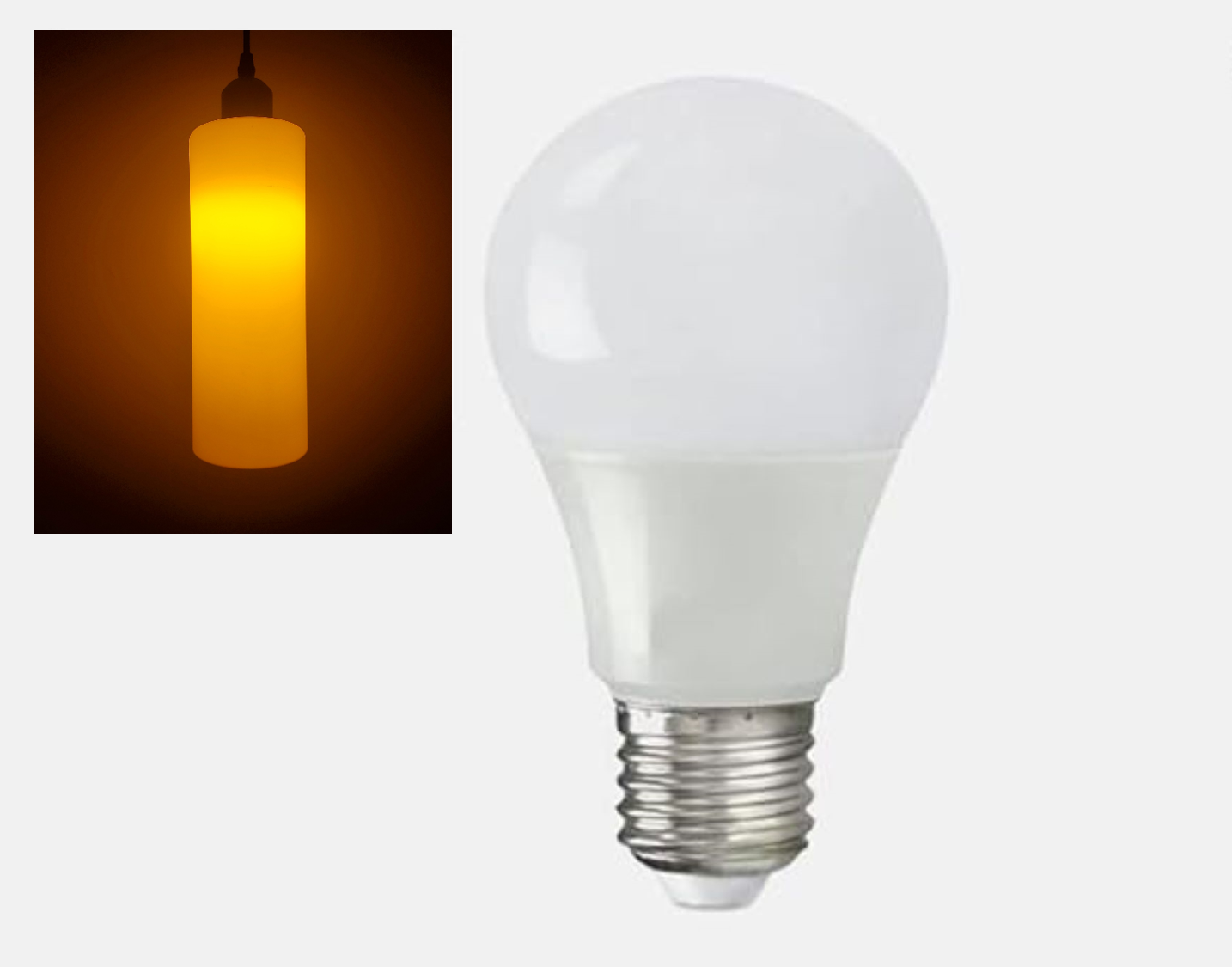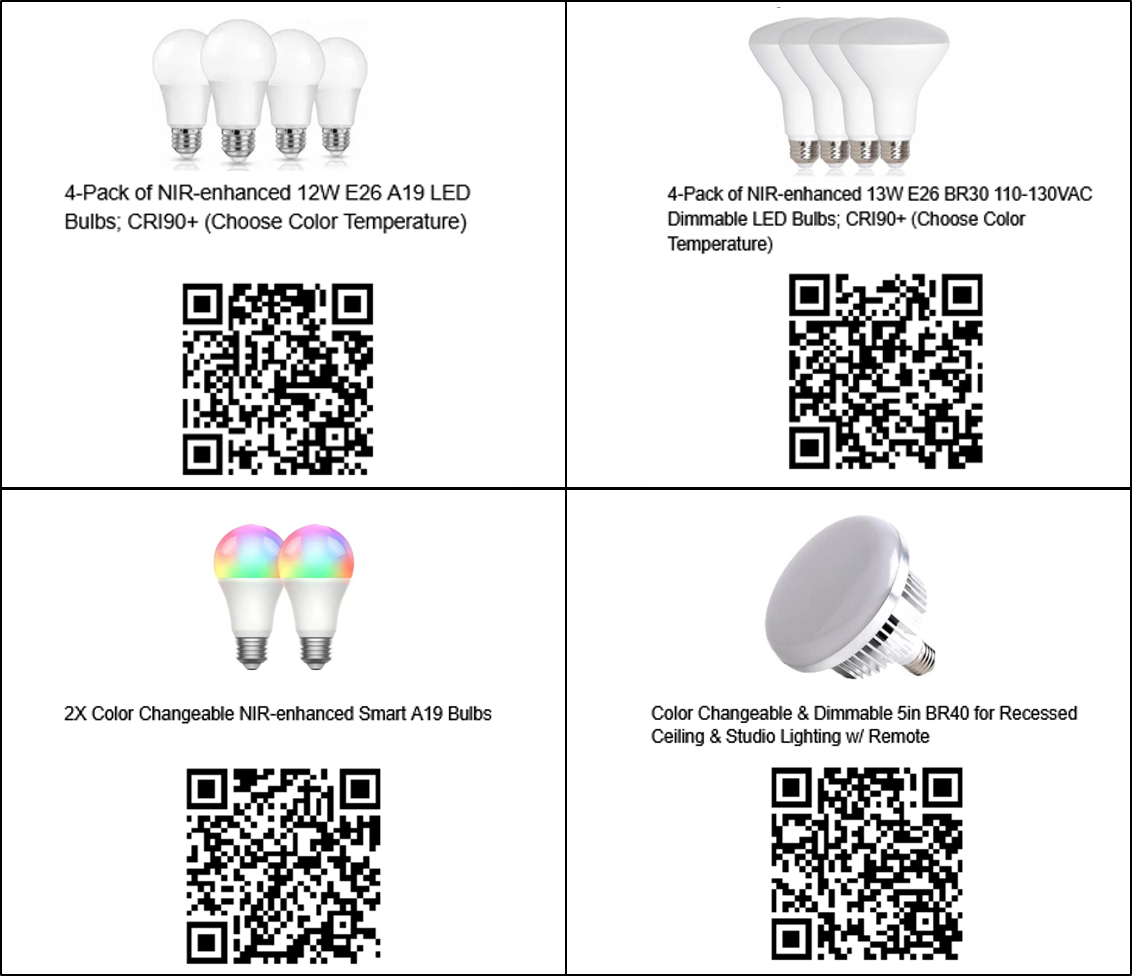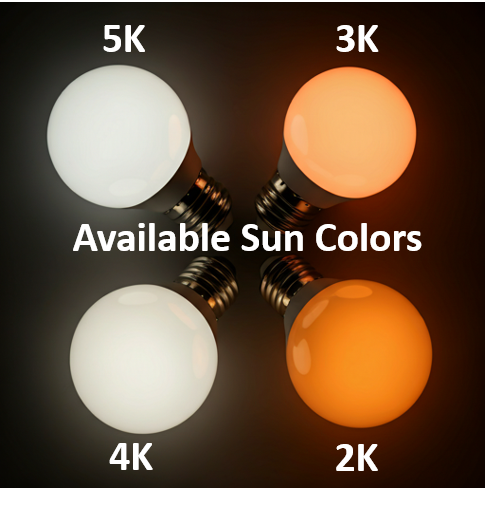NIR-Enhanced LED Technology – Infrared Light Bulb
The goal of near-infrared enhanced LED lighting is to help restore some of the infrared (IR) energy from artificial lamps that was lost when solid-state lighting (SSL) emerged as a dominant player in the lighting industry. Our infrared light bulb is unique in the industry and only available directly through this web site.
It is well known that sunlight delivers almost 55% of its total radiated energy as IR. The near-infrared (NIR) component of the solar spectrum is particularly useful in providing the energy needed by various lifeforms at the cellular level. All living organisms including the human body appear to use NIR energy in various biological and chemical processes. NIR light is able to penetrate into the inner layers of the skin, and almost 3 inches deep in some cases. Therefore, NIR energy can reach muscles, nerves and even bones. Medical studies have shown that NIR light can even help in healing certain inflammatory conditions and in repairing damage to the retina caused by ultraviolet and blue light. The effects of NIR light on the mitochondria (the bio cell powerhouse) have been compared to recharging a cell’s battery.
Unfortunately, conventional LED bulb technologies were developed with the aim of maximizing visible light, as perceived by the human eyes. This is determined by the daytime photopic or nighttime scotopic eye sensitivity curves. While the light cones within the human eyes are not sensitive to infrared, the rest of the body still absorbs and utilizes a significant part of the invisible IR energy.
Using proprietary phosphor-converted LED technology, we can now offer an infrared light bulb that can also produce visible light and installed in any standard light fixture. Our novel photonic technology enables LED devices with enhanced near-infrared energy while enhancing color quality. In many cases, residential and commercial LED fixtures can be converted to produce NIR light, in addition to visible. As an example, the LED bulb shown below not only delivers the NIR energy needed by the human body but also has low blue content similar to the solar spectrum at sunset. This helps regulate the circadian rhythm enabling the human body to achieve deeper and healthier sleep at night time.

A conventional LED bulb converted into NIR-enhanced zero blue warm light using proprietary phosphor technology
Currently Available for Ordering:

We are now shipping 9W/12W/13W A19 and BR30 versions of all the infrared light bulb colors shown below. Those are available in the standard E26/E27 Edison medium screw base. Also available is a 40W high brightness BR40 color-changeable bulb for photography or recessed lighting capable of generating nearly 2000 lumens with NIR.
If you would like more details or to place an order from outside the Continental USA, please send an email to orders@phosphortech.com that includes your full name and contact details in addition to the number of bulbs you would like of each color temperature shown below. We will then send you a quote.

Available Color Temperatures